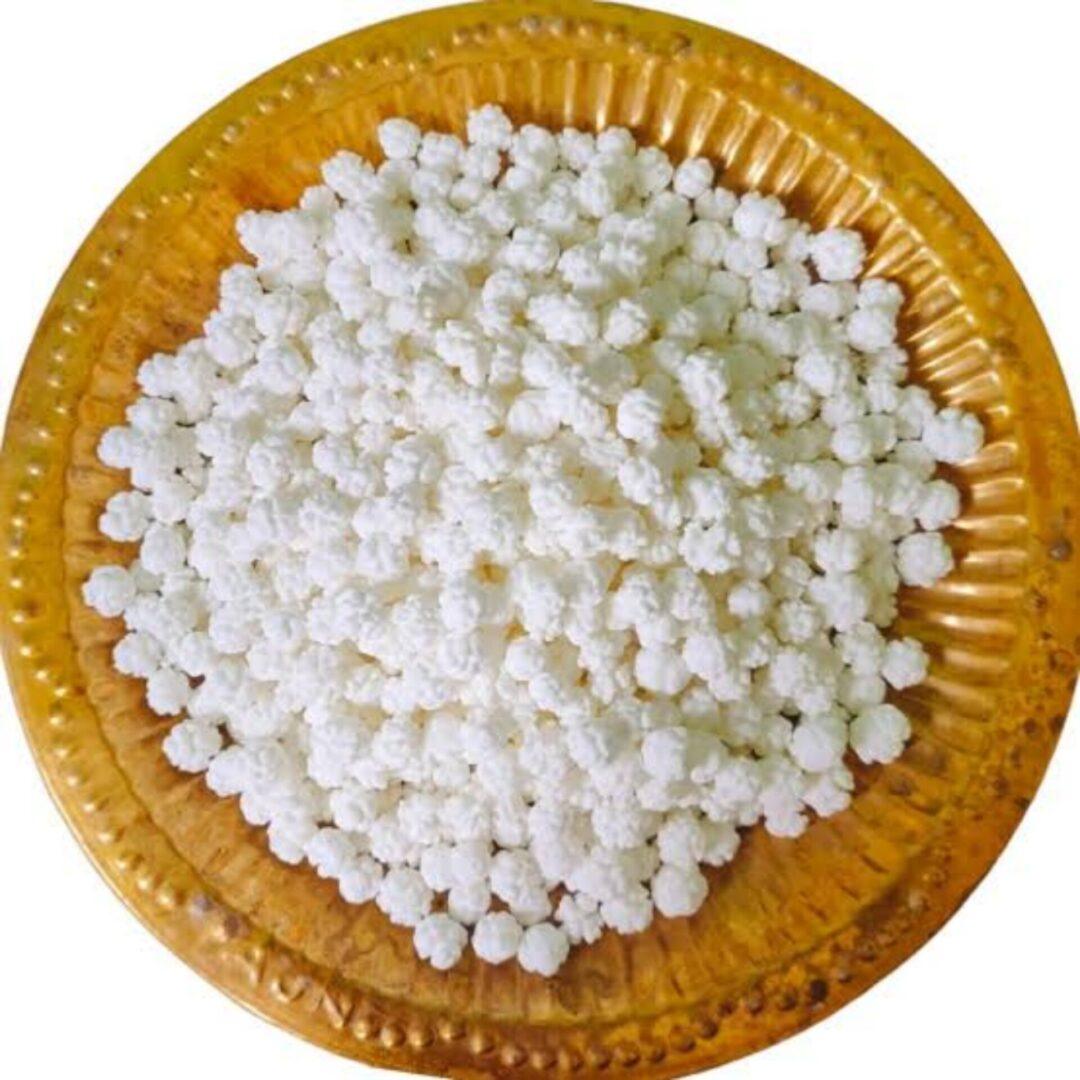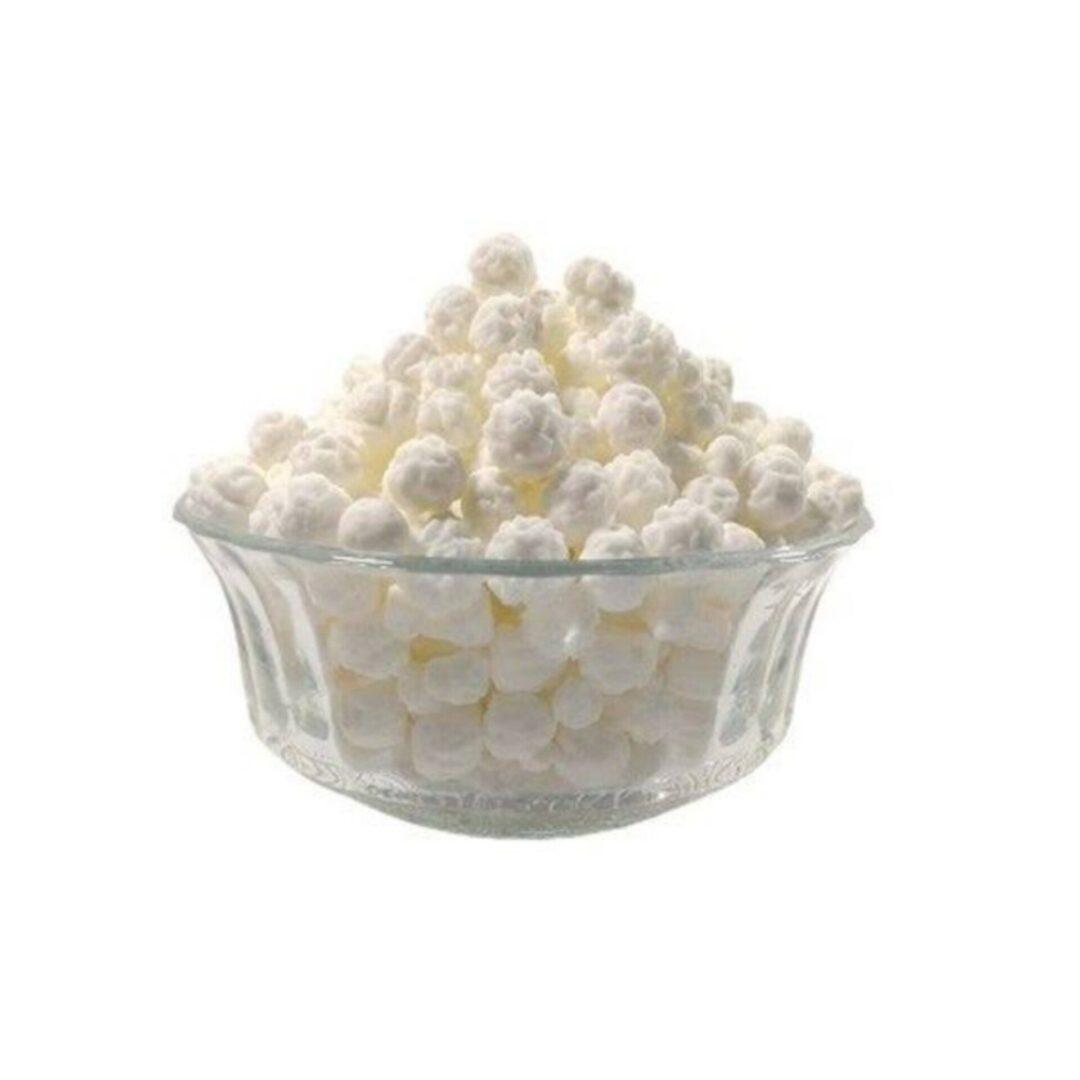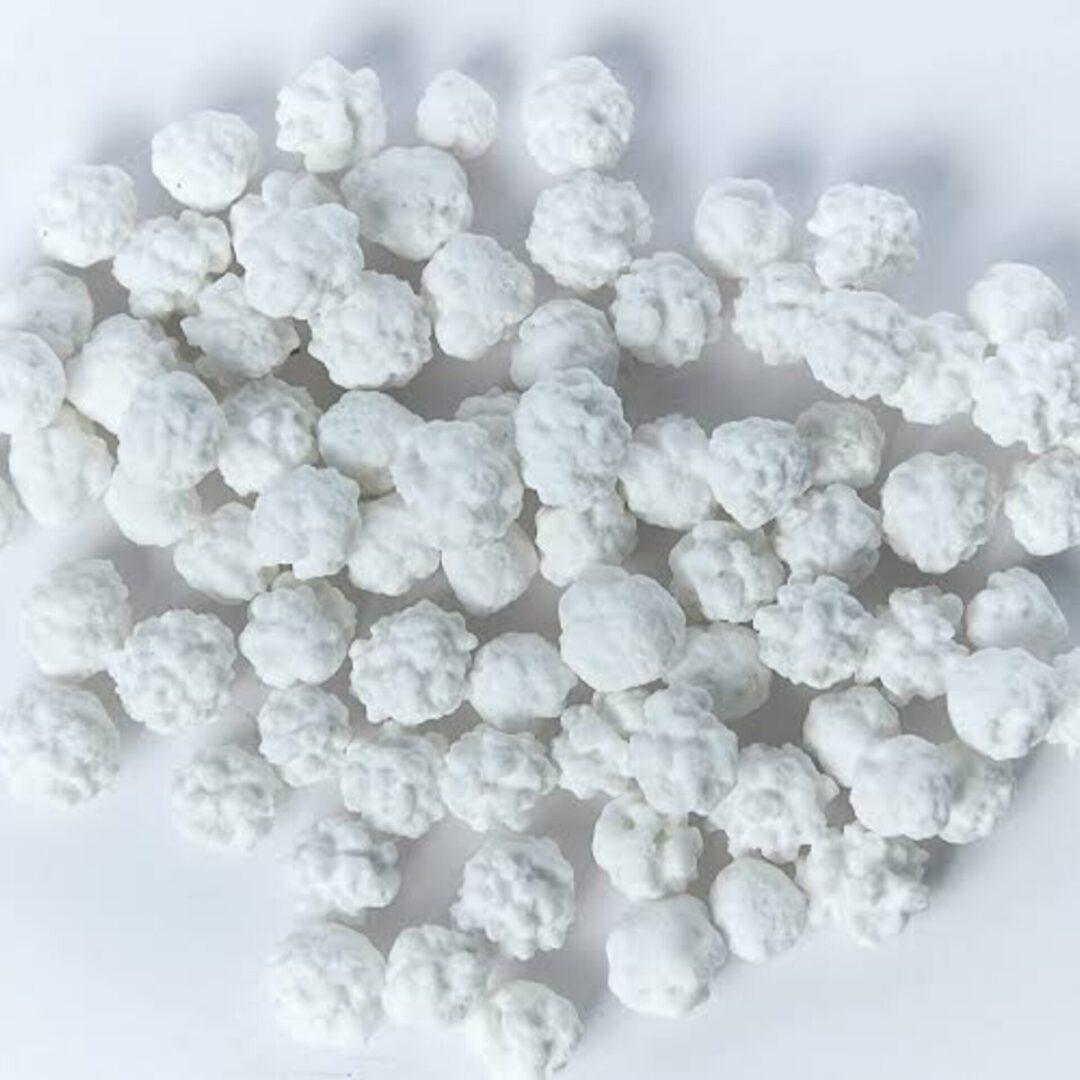What is Nakuldana / Ram dana?
Nakuldana, also known as Ram Dana, holds cultural and social significance in various regions. This small pea-sized sugar ball is not just a sweet treat but carries deeper cultural and religious meaning. Let’s explore the cultural, religious, and medicinal significance of Nakuldana.
Cultural Significance
Nakuldana is an integral part of Bengali culture, where it has become a tradition to send it as a sweet gift. This tradition has led to the name “Nakul Dana.” It is commonly offered as a symbol of hospitality and is often used for Puja offerings in households and temples. The diverse forms of sweet treats in Indian culture, including Nakuldana, reflect the rich culinary heritage of Bengal. The variations in its primary ingredients, size, and production process highlight the culinary traditions of the region.
In Indian culture, sweets hold great cultural importance beyond mere indulgence. They are an integral part of celebrations and traditions, signifying joy, happiness, and good fortune. Nakuldana, with its unique taste and cultural significance, adds flavor to these cultural festivities.
Religious Significance
Nakuldana, also known as Prasad Dana, Gol Dana, or Tarasari, holds a significant cultural place in Hinduism. These small, pea-sized sweet balls made of sugar are commonly used in religious rituals as an offering to the deities. They are particularly popular during festivals like Durga Puja and Maha Shivaratri, symbolizing the sweetness of devotion and the blessings received from the gods.
In temples and during various Hindu ceremonies, Nakuldana is offered alongside other worship materials such as Sindoor (vermilion), coconut, and sweets. After being offered to the deities, it is distributed among devotees as Prasad, which is considered a sacred food that has the deity’s blessing.
The preparation of Nakuldana is simple, involving the gradual pouring of hot concentrated sugar syrup onto sugar powder, which is then skillfully mixed to form the confectionery. This process can be done traditionally in small batches or on a larger scale using machinery. The resulting product is easy to transport, store, and has a long shelf-life if protected from moisture, making it an ideal offering for religious purposes.
Nakuldana’s significance extends beyond its use in rituals; it is also consumed with puffed rice and is appreciated for its characteristic of melting easily in the mouth. The simplicity and longevity of Nakuldana make it a cherished part of Hindu cultural and religious practices.
Commonly Asked Questions
What is Nakuldana?
Nakuldana is a small-sized white confectionery with a non-smooth external surface. It’s known for its characteristic of melting easily in the mouth and is commonly used in religious ceremonies.
What are the other names for Nakuldana?
It is also known as ram dana, elach dana, and elachi dana.
What are the raw materials needed for Nakuldana?
The primary raw materials are sugar powder and sugar crystals.
How is Nakuldana prepared?
Traditionally, Nakuldana is prepared by pouring hot concentrated sugar syrup onto sugar powder and mixing it skillfully to develop larger pieces. In large-scale production, a rotary inclined coating pan is used to gradually add sugar solution to sucrose powder, forming agglomerates of sugar.
What is the shelf-life of Nakuldana?
Nakuldana has a long shelf-life of 1 year or more if it is protected from moisture.
What machinery is required for making Nakuldana?
The preparation of Nakuldana requires machinery such as a steam-jacketed kettle with stirring facility, a rotary inclined coating pan, a dryer, and packaging machinery.
Are there any improvements needed in Nakuldana preparation?
There is a need to standardize the process and improve the hygiene of Nakuldana preparation. Research and development are needed to prevent moisture absorption and to ensure the use of permitted ingredients only.





Reviews
There are no reviews yet.